The Germany Network Slicing Market is characterized by an innovative environment that has seen significant developments in network technology and telecommunications infrastructure. As network slicing becomes increasingly crucial for delivering efficient and tailored connectivity solutions, various key players are actively competing to enhance their offerings. This market comprises several stakeholders that leverage advancements in 5G technology to provide segmented network services, catering to distinct applications and user requirements.
The competitive landscape features a blend of established telecommunications companies and emerging technology firms, each striving to capitalize on the growing demand for customized network solutions across diverse industries, such as automotive, healthcare, and manufacturing. The interplay of competition encourages continuous technological advancements and strategic collaborations to offer differentiated services that can cater to the unique demands of the German market.
Qualcomm has gained substantial traction within the Germany Network Slicing Market, bolstered by its strong emphasis on research and development, as well as its robust intellectual property portfolio. The company is known for its cutting-edge semiconductor technologies and solutions that underpin the 5G infrastructure essential for network slicing. Qualcomm's strengths lie in its ability to deliver comprehensive chipsets and software tailored to enhance network performance, reliability, and efficiency. The company has positioned itself as a leader in offering solutions that support innovative network management and segmentation capabilities specifically designed for the diverse needs of German industries.
Its strong partnerships with telecommunications operators and service providers further amplify its market presence, ensuring that Qualcomm remains at the forefront of the evolving landscape in Germany.Arista Networks also plays a significant role within the Germany Network Slicing Market, focusing on delivering high-performance cloud networking solutions that facilitate network automation and optimization. The company's core offerings include high-speed switches and software-defined networking products, which are crucial for enabling effective network slicing operations. Arista Networks has made notable strides in establishing a comprehensive presence in the German market through various deployments that showcase its technological prowess.
The company's strengths include a robust product portfolio designed for scalability and flexibility, catering to the increasing demands of data-driven applications. Furthermore, Arista has engaged in strategic partnerships and collaborations with local telecom operators to enhance its service offerings and expand its market reach. With a commitment to innovation and development, Arista Networks emphasizes continuous advancements within network slicing technologies, positioning itself favorably amidst the competitive landscape of the German telecommunications sector.


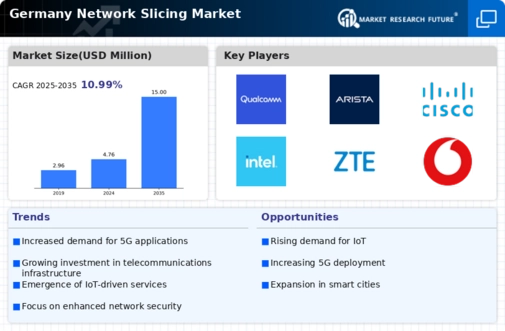






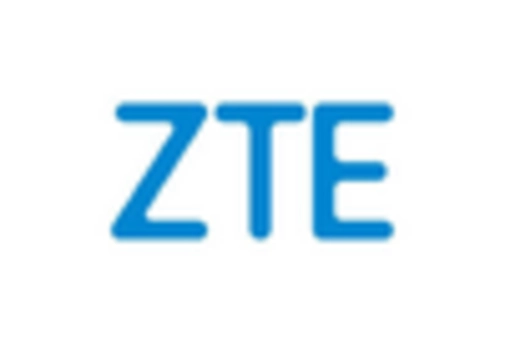

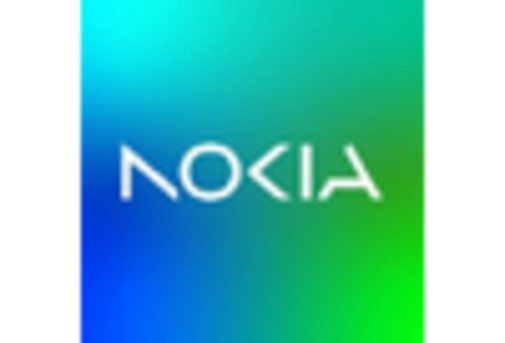
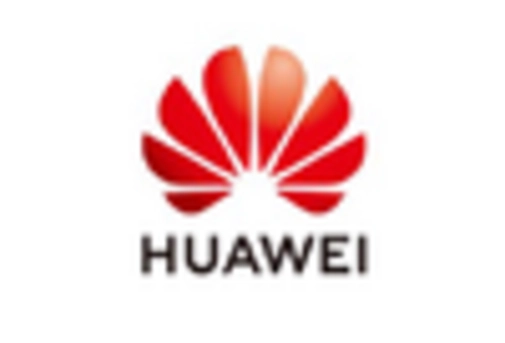
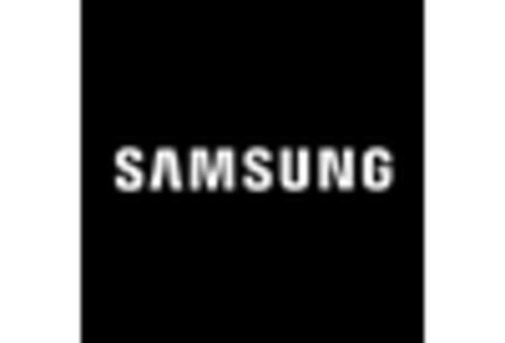
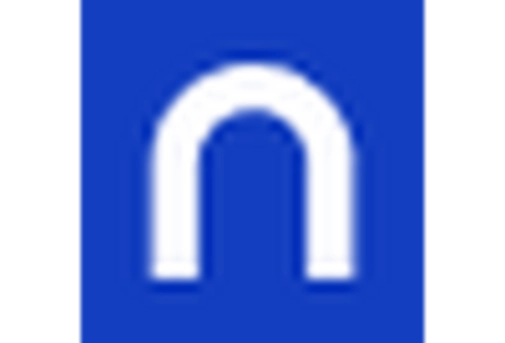








Leave a Comment